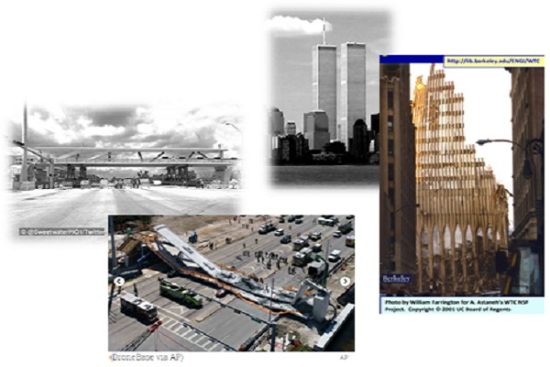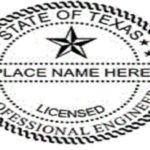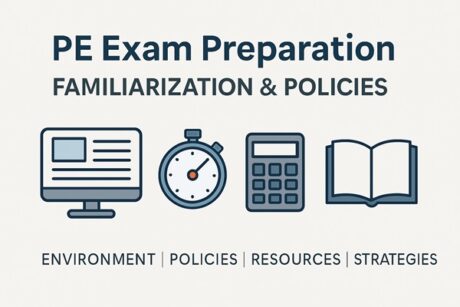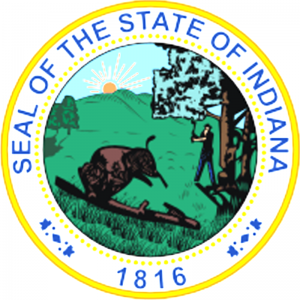- Course No: E – 1772
- PDH Units: 2
No data found for Custom Course Number
No data found for Custom Course Units
Intended Audience: All Engineers
PDH UNITS: 2
In modern times, by using government-mandated standard codes and specifications in the design of engineered structures, machines, and systems, engineers have been able to create safe and yet economical products. However, in relatively rare but tragic cases, the structures and machines designed by engineers have failed, resulting in the death and injuries to the unsuspecting public. The question is why, even after following the governing design and construction codes and standards, such failures occur? In most of these failure cases, if not in all of them, the cause is the violations of the Code of Ethics, especially its first canon that states: engineers should “Hold Safety Paramount.” This course presents a summary of the Code of Ethics for Engineers focusing on safety-related provisions, followed by a discussion of how engineers and managers can work together to hold safety paramount in every step of the project. Then the webinar discusses the tools that are available to engineers, including whistleblowing, to prevent safety-related disasters. The tragic collapse of the World Trade Center (2001) and the Florida Pedestrian Bridge (2018) will be used to show how not “holding safety paramount” in the design and construction resulted in their tragic collapse and loss of lives. Professor Astaneh will present the results of his extensive failure analysis of both WTC towers and the Florida Pedestrian Bridge. The structural analyses showed that in both cases the root engineering cause of the tragic collapses was the decision of the design engineers “not to hold safety paramount.” References and Recommended Further Readings:
- Code of Ethics of National Society of Professional Engineers (NSPE) (PDF)
- NSPE Ethics Guide (PDF)
- ASCE Code of Ethics (PDF)
- Ethics, Technology, and Engineering, a book by Ibo van de Poel and Lambèr Royakkers, Wily-Blackwell, 2011. (Amazon page)
- Concepts and Cases-Engineering Ethics, a book by Charles E. Harris et al., published by Cengage2019. (Amazon page)
- World Trade Center Archives from Professor A. Astaneh, Website containing all Professor Astaneh’s documents, photos, reports, powerpoints, and other material he generated for his investigation of the World Trade Center collapse sponsored by the National Science Foundation.
- Pedestrian Bridge Collapse Over SW 8th Street Miami, Florida March 15, 2018. Final Accident Report by the National Transportation Safety Board (NTSB) 2019. (PDF)
Learning Objectives
Upon completion of the course, the student should understand- Why “holding safety, health and well-being” of the public is so important in preventing disasters.
- What does “holding safety paramount” mean.
- How not holding “safety paramount” was the main cause of the tragic collapse of the Florida Pedestrian Bridge in 2018.
- What are the “legal” and “ethical” responsibilities of engineers to “hold safety paramount.”
- How engineers can convince managers to also “hold safety paramount.”
- How space shuttle Challenger disaster could be prevented if managers considered “safety” to be of paramount importance.
- How “group-think” can blind engineers to “hold safety paramount.”
- How “willful or intensional blindness” of engineers can create safety-related disasters
- How “conflict of interest” in the engineering profession not only causes financial corruption but safety-related problems.
- The “conflict of interest’’ in the members of the Building Performance Assessment Team investigating the performance and tragic September 11, 2001 collapse of the World Trade Center towers.
- How whistleblowing can prevent engineering disasters and how whistleblowing can be done correctly.
- The important concept of “preventive ethics” as proposed by Charles E. Harris Jr. in 1995.
Once completed, your order and certificate of completion will be available in your profile when you’re logged in to the site.










